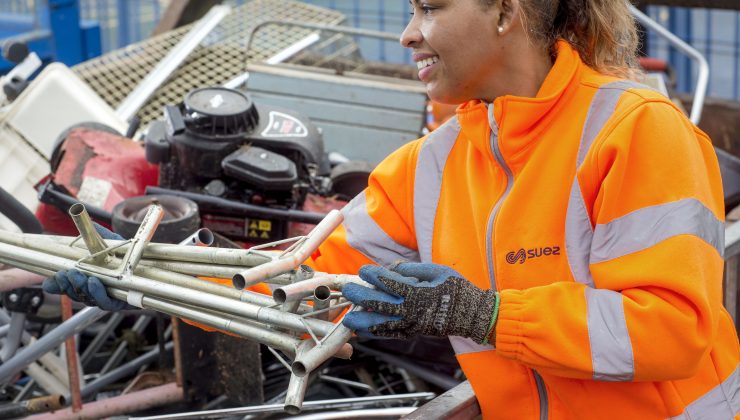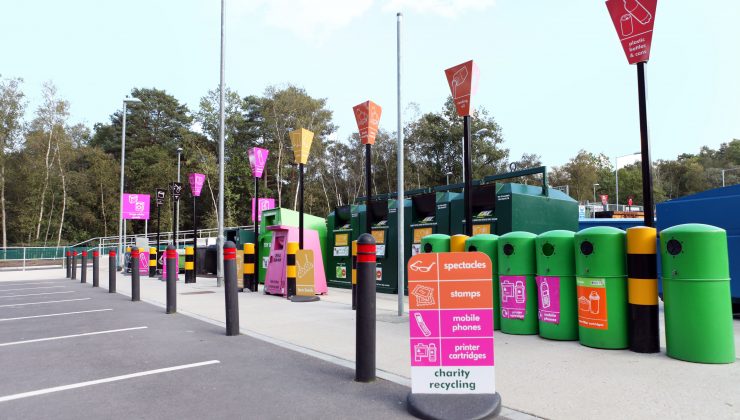
Pre-treatment
Before household waste can be fed into the gasifier it must be mechanically sorted and shredded to create a refuse derived fuel (RDF). This process helps make sure that:
- Metals and aggregates which are unsuitable for the gasification process are separated and the metals are sent for recycling
- Bulky items unsuitable for the gasification process are removed
- All remaining suitable waste is shredded into pieces of similar size to create refuse derived fuel (RDF)
Gasification
After pre-treatment, the refuse derived fuel (RDF) is fed into the gasification unit with reduced oxygen levels where it is suspended in a bed of hot sand and heated to temperatures above 700 degrees. This produces a syngas which rises to the top of the gasification chamber where air is added, and the syngas is burnt at high temperatures to produce energy.
Energy generation
The heat created by burning the syngas is used to heat water to produce steam. The steam then drives a turbine and electrical generator, generating electricity. Some of the electricity produced on site is used to power the facilities, whilst the remaining electricity is exported to the grid.
Gas clean-up
The gases from the combustion of the syngas go through a multi-stage clean-up process to ensure they meet the strict standards in the Eco park’s environmental permit. The gases
Once cleaned, the gas is released into the air via the chimney.
Gasification and incineration of waste is among the most tightly regulated industrial processes in Europe, and our facility has been designed to satisfy the strict standards of the European Union’s Industrial Emissions Directive.


